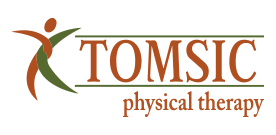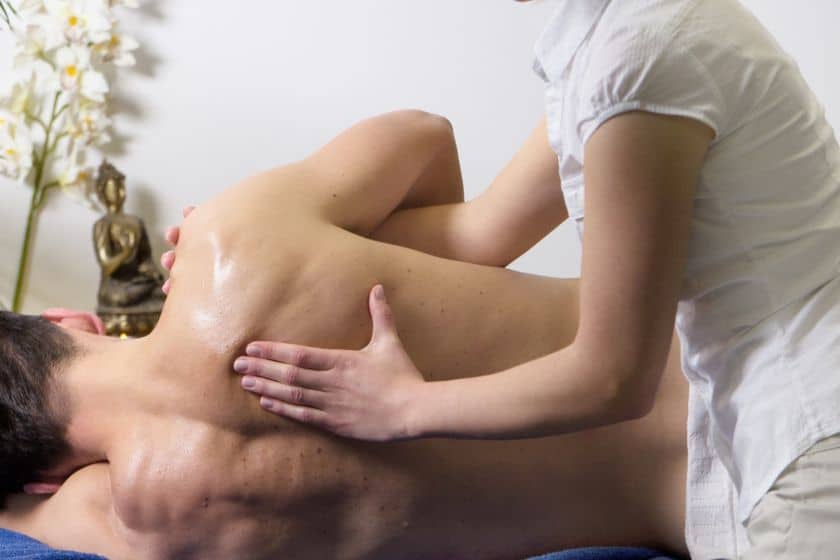In today’s fast-paced world, stress and tension have become common companions in our daily lives. From long hours at the computer to emotional stressors and repetitive physical activities, our bodies often bear the brunt. One of the most natural and effective ways to combat this physical and emotional strain is massage therapy. More than just a luxury or spa indulgence, massage therapy is a clinically recognized form of bodywork that can have profound benefits for those struggling with chronic tension and discomfort.
Understanding Body Tension
Body tension is more than just tight muscles. It’s a physical response to emotional, mental, or physical stress. When we’re under pressure—whether it’s a looming deadline, family responsibility, or a physical strain—our muscles contract in a protective response. Over time, this constant state of tension becomes chronic, leading to stiffness, fatigue, pain, and reduced mobility. It can manifest in the shoulders, neck, back, hips, and even in the jaw and hands.
Left untreated, body tension can impact posture, reduce blood flow, and contribute to headaches, insomnia, and decreased quality of life. That’s where massage therapy steps in—not just as relief, but as a restorative practice.
What Is Massage Therapy?
Massage therapy involves the manual manipulation of soft tissues—muscles, fascia, tendons, and ligaments—to promote relaxation, increase circulation, and restore balance. There are various types of massage techniques, each with specific goals:
- Swedish Massage – Known for gentle strokes and kneading, it’s ideal for relaxation and stress relief.
- Deep Tissue Massage – Targets deeper muscle layers and is effective for chronic pain and tight areas.
- Myofascial Release – Focuses on the fascia (connective tissue) and helps release restrictions.
- Trigger Point Therapy – Addresses localized muscle knots that cause referred pain.
- Sports Massage – Tailored for athletic recovery and performance optimization.
The Science Behind Massage for Tension Relief
Massage therapy activates the parasympathetic nervous system—the “rest and digest” mode—which is the opposite of the “fight or flight” stress response. This shift in nervous system activity reduces cortisol (the stress hormone), lowers blood pressure, and increases the release of serotonin and dopamine, neurotransmitters responsible for mood regulation and relaxation.
Additionally, massage improves circulation, delivering more oxygen and nutrients to tissues while helping flush out metabolic waste. This process reduces inflammation and speeds up recovery, helping the body naturally unwind and heal.
Benefits of Massage Therapy for Tension
Here are some of the most important benefits of massage therapy when it comes to easing body tension:
1. Muscle Relaxation and Flexibility
Massage gently stretches and loosens tight muscles, improving elasticity and flexibility. This can be especially helpful for those who experience stiffness from sitting at a desk or from manual labor.
2. Reduced Pain and Discomfort
By reducing muscle spasms and inflammation, massage can alleviate common pain complaints such as lower back pain, shoulder tension, or neck stiffness.
3. Improved Circulation
Better blood flow means more oxygen and nutrients are delivered to tissues that need healing. It also means less pooling of fluids or toxins in tense areas.
4. Better Posture and Alignment
When certain muscles become tight, they can pull the body out of alignment. Massage helps rebalance muscle tension, supporting proper posture and reducing compensatory strain.
5. Stress and Anxiety Reduction
The calming effect of massage therapy goes beyond the physical. Many clients report feeling emotionally lighter, less anxious, and more focused after regular treatments.
6. Improved Sleep Quality
By helping the body and mind relax, massage can make it easier to fall asleep and stay asleep. Less muscle tension also means fewer nighttime disruptions.
7. Boosted Immune Function
Chronic stress can suppress immune function. Massage, by reducing stress hormones, may help support a healthier immune response over time.
Who Can Benefit from Massage Therapy?
Massage therapy isn’t just for athletes or spa-goers—it’s for everyone. People who can particularly benefit include:
- Office workers with tension in the neck, shoulders, or lower back
- Parents or caregivers with physically demanding routines
- Older adults experiencing stiffness and limited mobility
- Runners or gym-goers with repetitive strain or soreness
- Anyone experiencing stress-related symptoms such as fatigue or headaches
Massage therapy is also safe and effective for many people managing chronic conditions like arthritis, fibromyalgia, or sciatica. However, it’s always best to consult a qualified therapist and your healthcare provider if you have specific health concerns.
Creating a Routine: How Often Should You Get a Massage?
The frequency of massage therapy depends on your needs and goals. For those managing chronic tension, a weekly or bi-weekly massage may be ideal. For general maintenance and stress relief, once a month can be effective.
Combining massage therapy with other lifestyle adjustments—like stretching, mindfulness, exercise, and hydration—can maximize its benefits and help you feel your best between sessions.
What to Expect in a Massage Session
If it’s your first massage, it’s normal to feel a little nervous. A good massage therapist will walk you through the process and ask about your symptoms, goals, and medical history. You’ll be draped for privacy, and the therapist will only uncover the areas being worked on.
Pressure levels can be adjusted based on your comfort, so speak up if anything feels too intense or not strong enough. Some areas may feel tender if they’re very tight—but most people describe the sensation as “hurts so good” rather than painful.
Debunking Myths About Massage Therapy
Myth 1: It’s just pampering.
While massage can be relaxing, its health benefits are well-documented and supported by research.
Myth 2: You need deep pressure to see results.
Everyone’s body is different. Gentle techniques can be just as effective, especially for reducing nervous system overload.
Myth 3: It’s only for injury recovery.
Massage is just as powerful for prevention and stress management as it is for rehabilitation.
Myth 4: You’ll feel amazing right after.
Some people feel sore or tired after a massage—this is normal and temporary. It’s your body adjusting and healing.
Self-Care Tips to Pair With Massage
To extend the benefits of massage therapy, here are a few daily habits to support a tension-free body:
- Stretch for 5–10 minutes each morning and evening
- Stay hydrated to support muscle and tissue recovery
- Use a foam roller or massage ball to release tight spots
- Practice deep breathing or meditation to manage stress
- Be mindful of posture—especially while sitting or at a screen
- Take regular breaks to stand and move during long periods of sitting
Final Thoughts: A Natural Path to Relief
Tension doesn’t have to be a constant companion in your life. Massage therapy offers a safe, effective, and natural path to relief. Whether you’re looking to ease physical discomfort, unwind emotionally, or simply feel better in your body, consistent massage can make a meaningful difference.
The key is to listen to your body and give it the care it deserves. Massage is not a one-time fix—it’s a journey toward better well-being.
If you’re curious about how massage can help with your specific symptoms, consider booking with us! We understand the art and science behind healing touch. You’ll be amazed at how even a single session can shift the way you feel, move, and carry yourself through life. Call (970) 259-0574 or click here to book a free discovery visit to find out more about how we can help you!
Other Free Resources:
Check out our massage page on our website!
Follow Tomsic PT on social media – Facebook, Instagram, and LinkedIn


